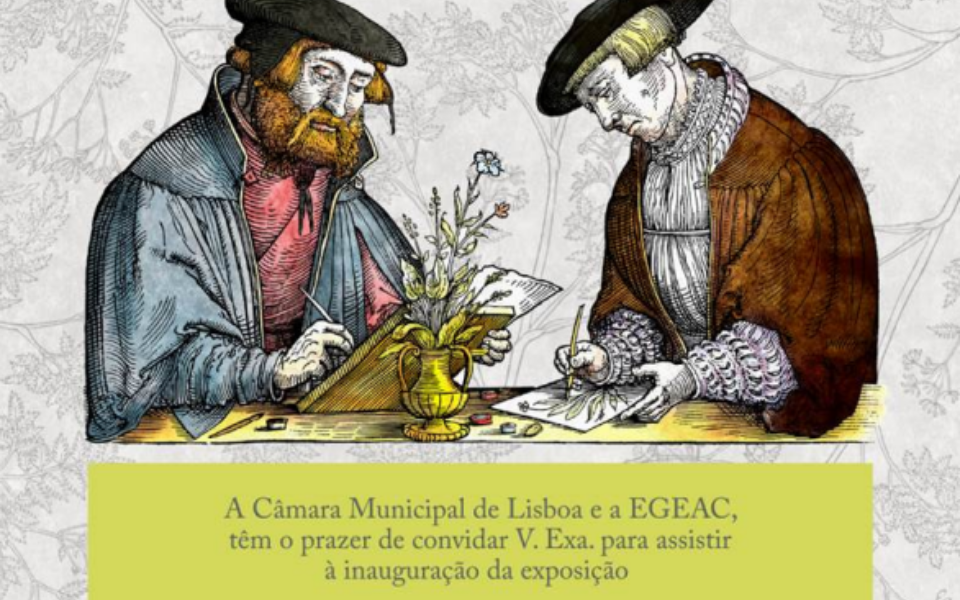
Plants, diseases and cures. Sharing experience and knowledge: The Portuguese and Spanish Discoveries of the 16th century greatly expanded the boundaries of the known world and opened the way for encounters between people who were very different from one another in physical terms, and above all in terms of culture.
Medicine, particularly as a therapeutic practice, was an area in which different cultures often came together to share experience. Of course, it was also a weapon in the struggle for supremacy waged between the explorers and the indigenous peoples.
Sickness and health are a major element in human life, and they have an impact on various areas of the cultural life of every community, in particular religion. During the period of expansion, therefore, exchanging remedies was not the sole preserve of doctors; the clergy and the adventurers themselves were also involved.
Fernão Mendes Pinto’s account of having cured the King of Bungo, in Japan, whom he found “sorely afflicted and troubled with gout”, and having been unable to move or rise from his bed for years, is one example. The king asks the skilful Portuguese traveller for “a remedy from that faraway land” and is administered a diluted Chinese powder, which proves to be extremely effective.
The globalisation promoted by the Discoveries was a complex phenomenon, whereby the aim of domination coexisted with a genuine rapprochement between cultures, with a view to the creation of a world without borders, open to different expressions of our common humanity.
Cientific Comittee
Adelino Cardoso (CHAM)
Organised by
CHAM / NOVA FCSH | UAc
Padrão dos Descobrimentos / EGEAC







